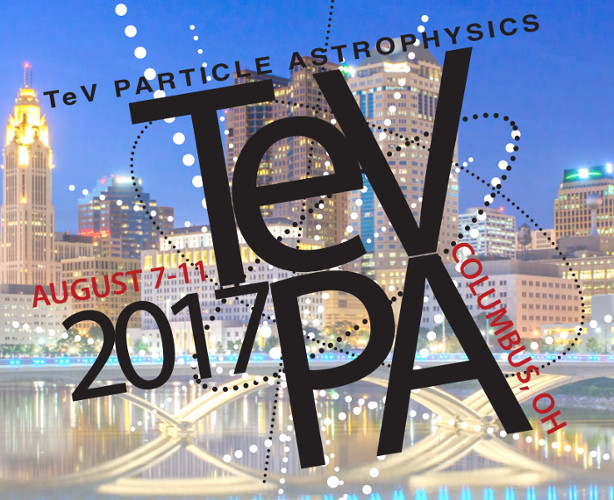Speaker
Description
The South Pole Telescope is a 10-meter diameter telescope located at the NSF Amundsen-Scott South Pole Station in Antarctica, designed for high-precision measurements of the temperature anisotropy and polarization properties of the cosmic microwave background. The third-generation camera on the telescope, SPT-3G, was deployed in the 2016-2017 austral summer season and represents a significant technological upgrade over previous instruments. The secondary optics, receiver cryostat, readout electronics, and detectors have all been redesigned and replaced with significantly improved versions. The SPT-3G focal plane consists of over 2700 trichroic, dual-polarization pixels with observing bands centered at 95, 150, and 220 GHz for a total of over 15,000 detectors on-sky. The higher detector count and larger focal plane footprint will yield a ~20x faster mapping speed and ~5x lower noise compared to the previous camera, SPTpol. The increased sensitivity and resolution of SPT-3G will yield high signal-to-noise maps of lensing B-modes, and when combined with other experiments could constrain the sum of the neutrino masses to within 0.06 eV, directly probing the neutrino mass hierarchy. I will discuss the technology of the upgraded instrument, its installation onto the telescope, and what we’ve learned in the few months since deployment.
